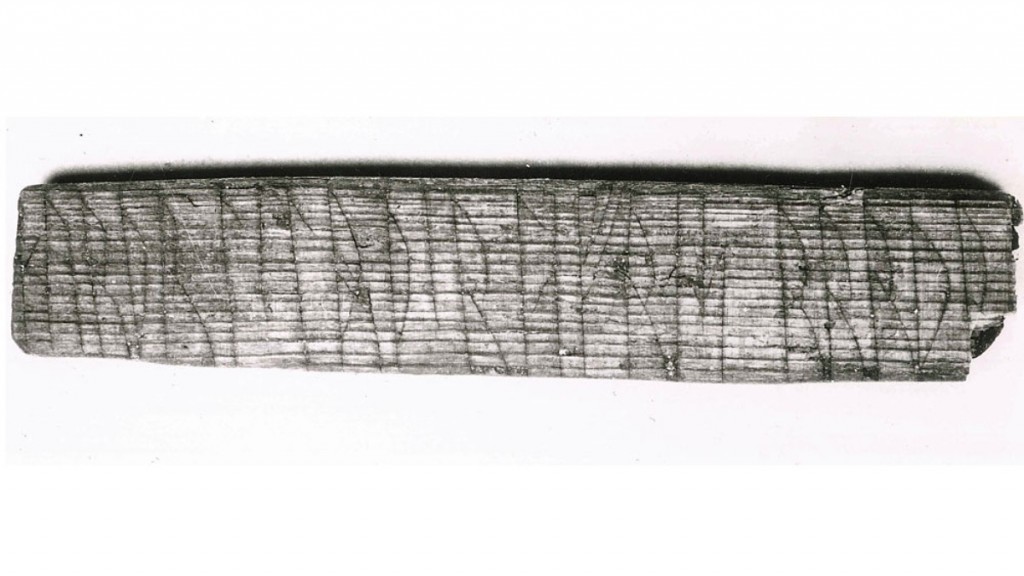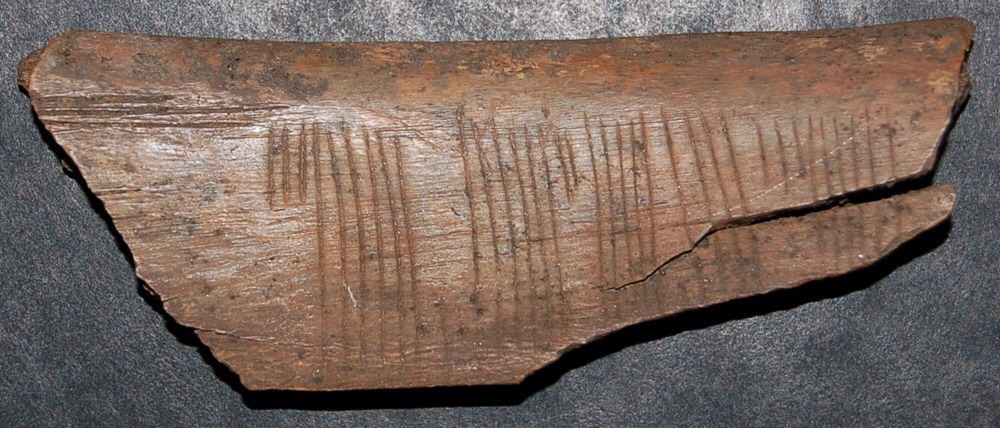Albert Sagan for Art-Sheep
via thisiscolossal
The puzzle of a 900-year-old Viking message carved on a piece of wood has at last been solved. A while back, this incognizable code haunted the dreams of cryptologists. It is now time they gave it a rest and put away their cipher equipment.

The perplexing Jötunvillur code dates back to as early in history as the 9th century AD and has appeared in more than 80 Norse engravings making runologists [scientists who study the Viking rune alphabets] wonder about it for quite some time, until Jonas Nordby appeared on the scene. Nordby is a runologist from the University of Oslo in Norway and, after he became aware of a pattern in the writings, he bravely broke the code. In an interview of his, he said that for the Jötunvillur code the original runic character would be replaced with the last sound of the rune name. “For example, the rune for ‘f’, pronounced ‘fe,’ would be turned into an ‘e,’ while the rune for ‘k,’ pronounced ‘kaun,’ became ‘n'”.
While cryptologists believed that the code was used to deliver secret messages, Nordby has a different point of view. He thinks that the code could have been used as a means to teach the rune, for example, it could have helped in memorizing the order of the alphabets.

“We have little reason to believe that rune codes should hide sensitive messages,” Nordby claims. “People often wrote short everyday messages.”
One of those simple messages is “Kiss Me”, the coded rune in the image above. If it was a love letter of the time, we will never know. What we do know is that runologists certainly deserve a round of applause for their painstaking efforts to decode the Jötunvillur.








